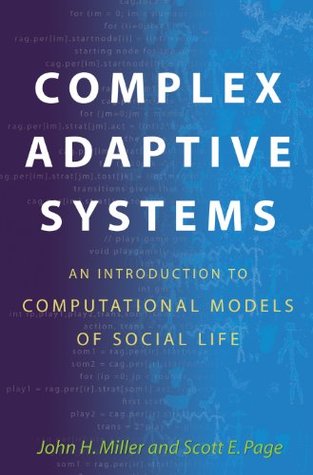Class 1 rules quickly evolve to a unique, homogeneous state with identical actions across the agents (as in the “all 1s” rule). Class 2 rules result in separated groups of simple stable or periodic structures (as in the “do the opposite” rule). Class 3 rules imply chaotic patterns (the rule in table 8.1 is a member of this class). Class 4 rules produce complex structures with long transients (thus, coherent patterns arise that can persist across space and time for extended periods) that are hypothesized to be capable of universal computation—that is, able to compute anything that can in
...more
Welcome back. Just a moment while we sign you in to your Goodreads account.


